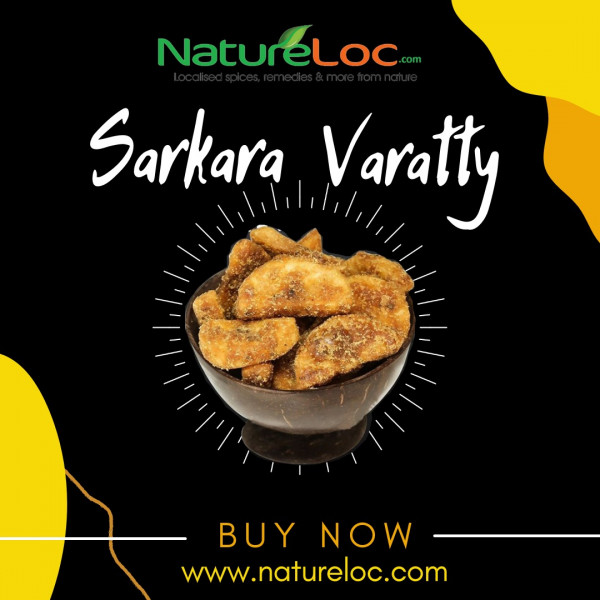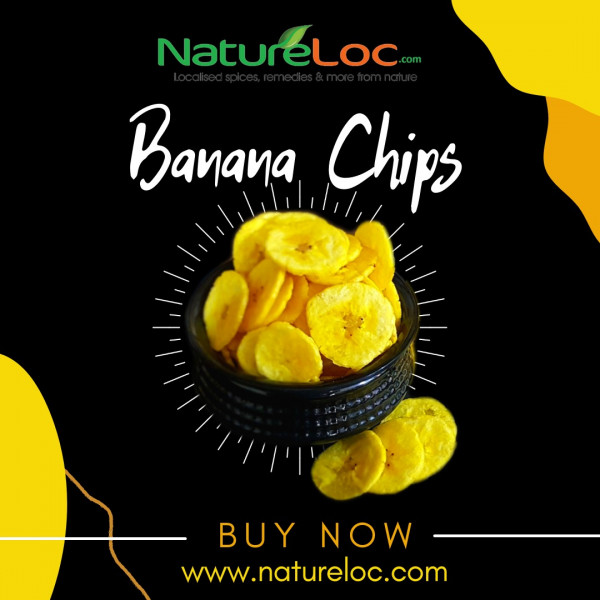The spice from South India – Cinnamon (Dalchini / Karuvapatta) for aroma & healthy living.
Cinnamon is a spice obtained from the inner bark of several trees from the genus Cinnamomum that is used in both sweet and savoury foods. Cinnamon trees are native to South East Asia.
Cinnamon with its delicate aroma and spicy flavour, is an essential ingredient in ‘curry masalas’ of India. Around the world it is a more popular ingredient in pastries and puddings. Products made of cinnamon include quills, quillings, featherings, chips, cinnamon bark oil and cinnamon leaf oil.
Cinnamon has been cultivated from time immemorial in Sri Lanka, and the tree is also grown commercially at Kerala in southern India, Bangladesh, Java, Sumatra, the West Indies, Brazil, Vietnam, Madagascar, Zanzibar, and Egypt. In 1767, Lord Brown of East India Company established Anjarakkandy Cinnamon Estate near Anjarakkandy in Cannanore (now Kannur) district of Kerala, and this estate became Asia’s largest cinnamon estate.
Uses
The commercial products of cinnamon are quills, quillings, featherings, chips, cinnamon bark oil and cinnamon leaf oil. ‘Quills’ are scraped peel of the inner bark of the mature cinnamon shoots, joined together with overlapping tubes, the hollow of which has been filled with smaller pieces of cinnamon peels which is dried first in the sun and thereafter in the shade. ‘Quillings’ are broken pieces and splits of all grades of cinnamon quills. ‘Featherings’ are feather like pieces of inner bark consisting of shavings and small pieces of bark left over. Cinnamon ‘chips’ are rough unpeelable barks scraped off from the thicker stems. Cinnamon leaf and bark oil are obtained by distilling the leaf and bark separately. Cinnamon bark is a popular spice with a delicate fragrance and a warm agreeable taste. It is used in the form of small pieces or powder. It is widely used in flavouring confectionary, liquors, pharmaceuticals and cosmetics. It is found to help diabetics in digestion of sugar. It has astringent; stimulant and carminative properties and can check nausea and vomiting. The cinnamon bark oil has anti-fungal properties and cinnamon leaf oil is widely used in perfumery and cosmetics.
| Botanical name | Family name | Commercial part |
| Cinnamomum verum | Lauraceae | Bark, leaf |
| Indian Names | |
| Hindi | : Dalchini, Darchini |
| Bengali | : Dalchini |
| Gujarati | : Dalchini |
| Kannada | : Lavangapattai |
| Malayalam | : Karuvapatta |
| Marathi | : Dalchini |
| Oriya | : Dalchini |
| Punjabi | : Dalchini |
| Sanskrit | : Darushila |
| Tamil | : Karuvapattai, Sannalavangapattai |
| Urdu | : Dalchini |
Medicinal uses:-
Bark—Carminative, astringent, antispasmodic, expectorant, and haemostatic, antiseptic.
Leaf— antidiabetic. Ground cinnamon is used in diarrhoea and dysentery; for cramps of the stomach, gastric irritation; for checking nausea and vomiting; used externally in toothache, neuralgia and rheumatism. The bark is included in medicinal preparations for indigestion, flatulence, flu, mouthwashes, gargles, herbal teas.



















